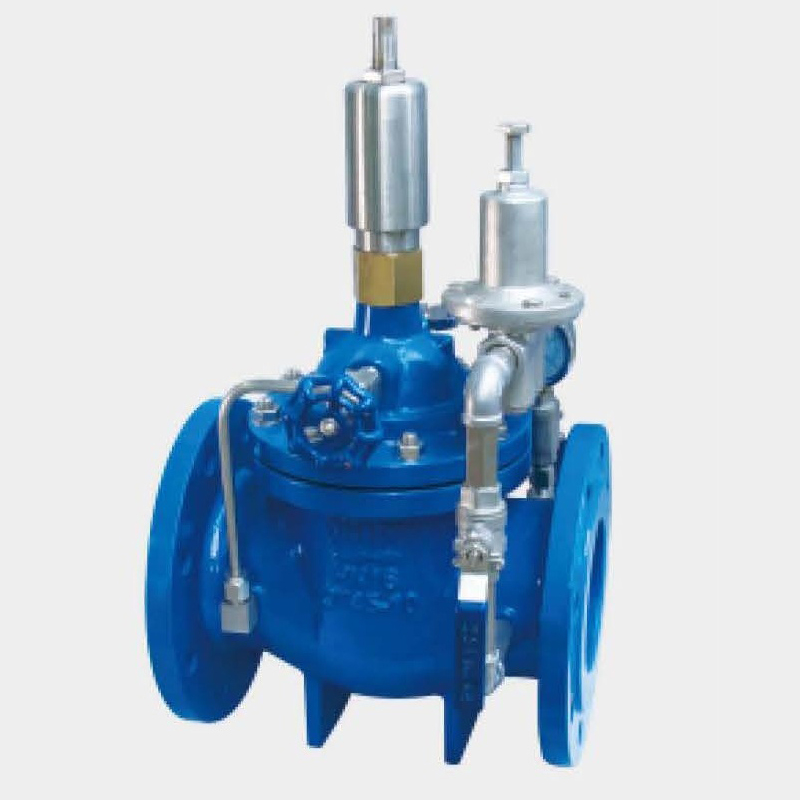The Valve Stem axis of the Flow Control Valve is perpendicular to the valve seat sealing surface. The valve stem has a relatively short opening or closing stroke and a very reliable cutting action, making this type of valve very suitable for cutting off or regulating and throttling media. Once the valve disc of the Flow Control Valve is in an open state, there is no contact between its valve seat and the valve disc sealing surface, and it has a very reliable cutting action. This kind of valve is very suitable for cutting off or regulating media and Use sparingly.

Once the Flow Control Valve is in the open state, there is no longer contact between its valve seat and valve disc sealing surface, so the mechanical wear of its sealing surface is small, because the valve seat and valve disc of most Flow Control Valve are relatively easy to repair. Or when replacing the sealing element, there is no need to remove the entire valve from the pipeline, which is very suitable for occasions where the valve and pipeline are welded together. The flow direction of the medium changes when passing through this type of valve, so the flow resistance of the Flow Control Valve is higher than that of other valves.
1) Angle Flow Control Valve; In an angle Flow Control Valve, the fluid only needs to change direction once, so that the pressure drop through this valve is smaller than that of a conventional structure Flow Control Valve.
2) DC Flow Control Valve; in DC or Y-shaped Flow Control Valve, the flow channel of the valve body is in a diagonal line with the main flow channel, so the degree of damage to the flow state is smaller than that of the conventional Flow Control Valve, so the pressure passing through the valve The losses were correspondingly smaller.
3) Plunger Flow Control Valve: This form of Flow Control Valve is a variation of conventional Flow Control Valve. In this valve, the valve disc and valve seat are usually designed based on the plunger principle. The valve disc is polished so that the plunger is connected to the valve stem, and the sealing is achieved by two elastic sealing rings placed on the plunger. The two elastomeric sealing rings are separated by a collar, and the sealing ring around the plunger is pressed firmly by the load exerted on the bonnet by the bonnet nut. The elastic sealing ring is replaceable and can be made of a variety of materials. The valve is mainly used to "open" or "close", but it is equipped with a special form of plunger or special collar, which can also be used to adjust the flow.



